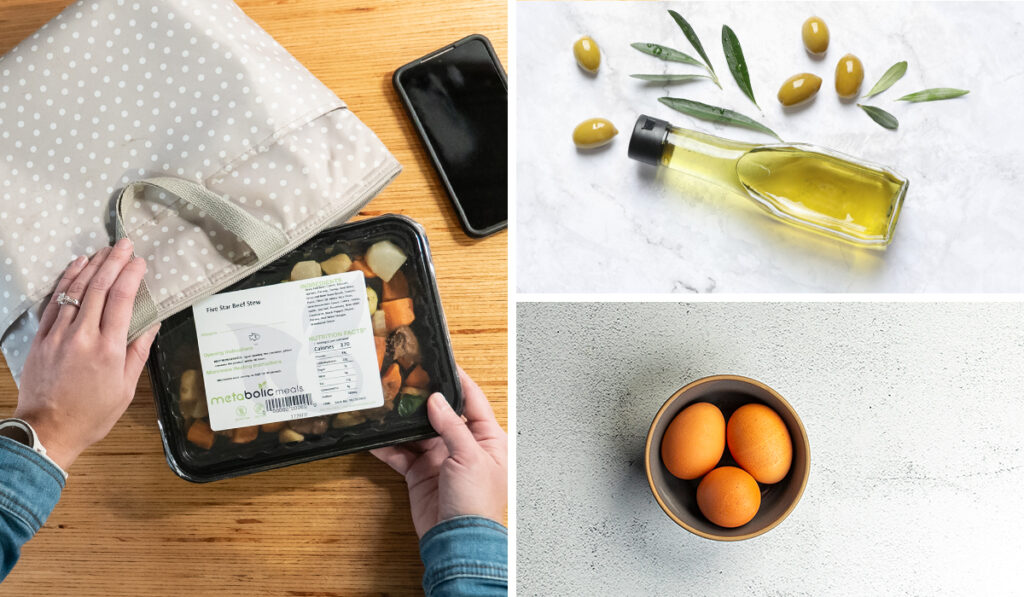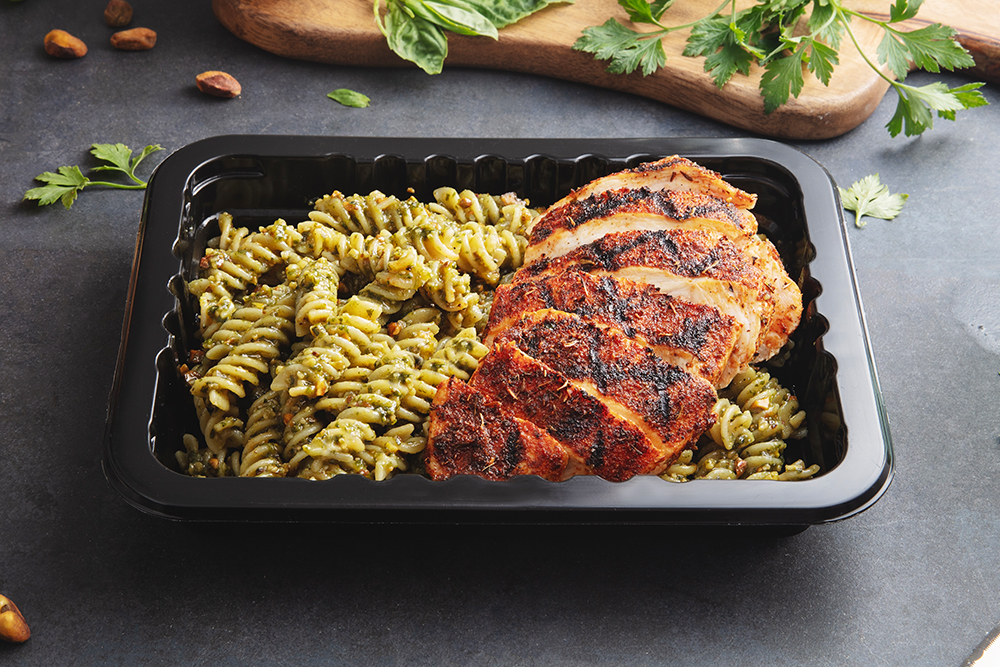
Summer is quickly approaching which means the thought of how to look your best for that upcoming beach trip is quickly setting in. As the days get closer, the pressure to achieve your ideal beach body strengthens. With a simple internet search you can easily find another four week cleanse loaded in false hope and follow up rebound. Instead, what if you approached your beach body in a sustainable way that not only supported a balanced body internally but set you up for sustainable long term success? It’s possible and today I am going to map out for you exactly how.
What Influences Your Beach Body Success
Your internal health influences your beach body success through three profound ways: hormones, inflammation levels, and muscle mass.

Hormones
We have over fifty hormones in our body responsible for everything from regulating hunger to reproduction. Hunger hormones influence how much food we consume each day. If you have ever been in a caloric deficit (on a diet), you have probably experienced the effects of hunger hormones. The first week feels doable but after that, hunger picks up and you can’t seem to stay within your recommended portion sizes. That’s all thanks to a fuel regulating hormone called leptin. Leptin drops in just a few days of caloric restriction.
We can boost our leptin levels by implementing strategies like refeeds and pulsing carbohydrate intake. Refeeds can be one day per week where you eat a larger portion of complex carbohydrates at each meal. They are effective for boosting leptin and reducing cortisol levels. You can also accomplish some of these same benefits by pulsing your carbohydrate intake. This could look like choosing our lower carbohydrate meals for four days out of the week and some of our higher carbohydrate meals on the remaining three days of the week.
Inflammation
The inflammatory response is a normal function of our immune system meant to protect our body and to help it heal. However, when this inflammation becomes chronic, it can slow down the function of our metabolism. It does this mainly by blocking thyroid hormone conversion and utilization and shifting our body from burning into chronic storage mode. Unfortunately, chronic inflammation can be silent and invisible to the naked eye.
Chronic inflammation is mainly influenced by the types of foods we eat and how we pair those foods together. It is best to avoid inflammatory food sources like hydrogenated vegetable oils, fried or charred proteins, high fructose corn syrup and gluten. Instead, highlight foods like: fatty fish and grass-fed proteins, antioxidant rich plant foods and extra virgin olive oil. When you pair foods together, ensure there is always a protein and fat source present. Refrain from eating carbohydrate-rich foods like grains and fruit by themselves.
Muscle Mass
Muscle is our largest skeletal organ. It is responsible for roughly 80% of blood glucose disposal. Think of it as a sponge to carbohydrates. It helps us naturally regulate blood sugar, an important aspect of inflammation control. It also increases resting metabolic rate, or how many calories are burned at rest. Support muscle mass by consuming high protein meals several times per day. You can also support and build muscle by engaging in resistance training. Resistance training increases metabolic rate for 24 – 48 hours after the workout.
Putting it into Practice
Now that you understand how vital hormones, inflammation and muscle are to achieving a balanced beach body, let’s discuss how to put these into practice.

Step 1: Add in Good Habits.
Start by identifying what new positive habits you can add into your daily routine. Try to habit stack these to habits you already do each day. Some examples might include: starting the day with salted water instead of coffee, adding in a walking break after lunch, committing to resistance training twice per week, or blocking off one hour each Sunday to meal plan.
Meal planning can include spending time to map out your meals for the week and then creating a grocery list from this. But it can also include setting aside time to place your weekly order to ensure you have anti-inflammatory and high protein meals ready for the week to set you up for success.

Step 2: Replace Bad Habits.
What are some habits you have identified that you do each day that are not supportive of hunger hormones, reducing inflammation or supporting lean muscle mass? This might include things like: skipping lunch every day, using salad dressing with hydrogenated oils or snacking on carbs by themselves. Instead could you replace these habits for a good habit instead of just removing the bad habit? Instead of skipping lunch you could plan to have a Metabolic Meal, you could swap your salad dressing for extra virgin olive oil or replace your snack for a high protein option like hard boiled eggs.

To Recap
Approaching your summer beach body can be done in a way that also positively influences your internal health. By focusing on these three main areas: hormones, inflammation and muscle, you will not only achieve your beach body dreams but do it in a way that is sustainable to your long term success. We’re here to help you get started with these goals with our convenient, quality meals.
About the Author
Lauren Papanos is a licensed registered dietitian nutritionist and nutrition researcher, published in the Journal of Women’s Sports Medicine. She holds her bachelor’s and master’s degrees in nutrition sciences, board certification in sports nutrition as well as advanced certifications in functional medicine and functional endocrinology. She is the owner of the private practice, Functional Fueling Nutrition where they specialize in working with active women and athletes with thyroid diseases and endocrine and metabolic conditions. Lauren has been featured on national television and in Forbes, Shape and Insider. She is the host of the Strength in Hormones Podcast. You can find Lauren on Instagram at functional.fueling and learn more about her practice at www.functionalfueling.com.






